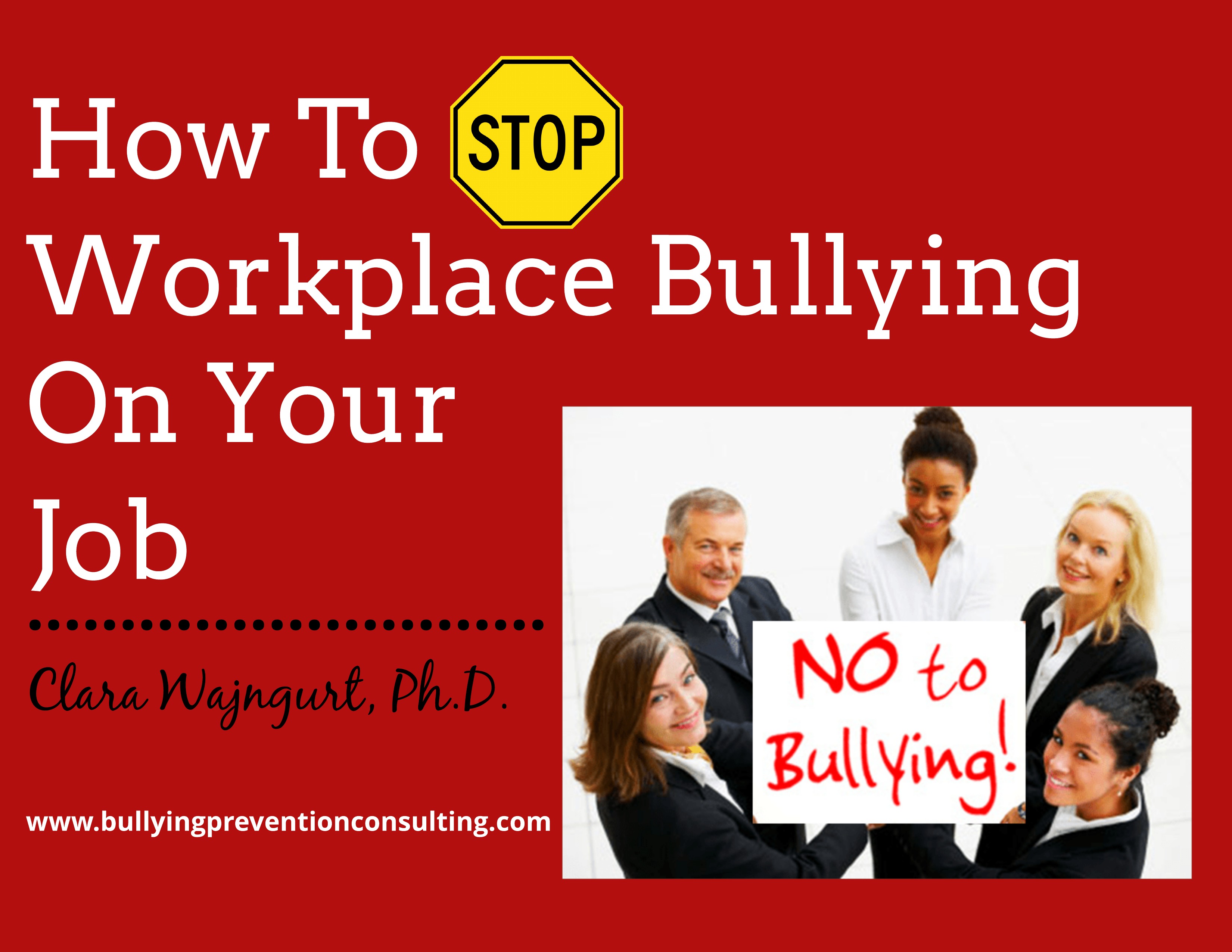

It is a type of aggression wherein there is an imbalance in power. Workplace Bullying vs Harassment What is Bullying? To understand the signs you’re being bullied at work, below are some good explanation that can help. And thus in the complication, the individuals who are being vigorously bullied at work by a colleague may find it hard to recognize that it is happening just because they fear to not accept that they are being bullied, they suffer it in silence.Īccording to a recent study, most of the people are not aware that bullying may occur in the workplace and thus when it happens they do not know what should be done about it. If you have to leave your job because of severe bullying that your employer did nothing about, you might be able to make a claim to an employment tribunal for constructive dismissal.Socializing in the workplace can be a very complicated task as you have to be friendly and approachable, at the same time maintaining professionalism. This includes dealing with bullying issues. Your organisation should have a policy on bullying that says how it should be handled.Įven if there's no policy, your employer has a legal duty of care to protect you while you’re at work.
#Bullying on the job how to
See more advice on how to raise a problem at work What your employer must do

This does not stop you reporting the bullying to your manager to get the situation resolved. Most bullying happens out of sight of others, so you might not have any witnesses.
any evidence, for example emails or screenshots of social media posts. It's also a good idea to keep a diary or record of the bullying, including: your trade union or staff representative, if you have one. a counsellor, if your employer provides one. If you do not feel comfortable doing this or the bullying carries on, you should talk with someone at work you feel comfortable with. ask for support from a trade union representative, if you have one. If you do not feel comfortable talking to the person face to face, you could: explain how their behaviour makes you feel. In some cases, the person might not realise the effect of their actions so you can try talking with them, if you feel you can. Harassment because of pregnancy or maternity is treated differently and could be direct discrimination. Harassment is when bullying or unwanted behaviour is about any of the following 'protected characteristics' under discrimination law (Equality Act 2010): When bullying might be classed as harassment For example, there might be a wider issue with the culture of the organisation.Įmployers and managers should work together to identify the cause of the issue and address it. It's important to consider the real reasons for the behaviour. It can be difficult if you’re in a senior role to realise you’re experiencing bullying behaviour from your staff. doing things to make you seem unskilled or unable to do your job properly. It can be from one employee or group of employees. someone at the same or more junior level as you keeps undermining your authorityīullying can also happen from staff towards a more senior employee, a manager or an employer (this can be called 'upward bullying' or 'subordinate bullying'). someone has put humiliating, offensive or threatening comments or photos on social media. your boss keeps giving you a heavier workload than everyone else. someone keeps putting you down in meetings. someone has spread a malicious rumour about you. not always be obvious or noticed by othersĮxamples of bullying at work could include:. happen at work or in other work-related situations. happen face-to-face, on social media, in emails or calls. be a regular pattern of behaviour or a one-off incident. /https://www.thespec.com/content/dam/thespec/business/2019/06/28/ed-canning-bullying-and-harassment-at-work-often-has-two-sides-to-it/B88769755Z.1_20190628145608_000_GL6L1E4G.3-0_Gallery.jpg)
an abuse or misuse of power that undermines, humiliates, or causes physical or emotional harm to someone. offensive, intimidating, malicious or insulting. Making a claim to an employment tribunalĪlthough there is no legal definition of bullying, it can be described as unwanted behaviour from a person or group that is either:. Discrimination, bullying and harassment. Dealing with a problem raised by an employee. Health, safety and wellbeing when working from home. Supporting mental health in the workplace. Consulting employees and their representatives.




/https://www.thespec.com/content/dam/thespec/business/2019/06/28/ed-canning-bullying-and-harassment-at-work-often-has-two-sides-to-it/B88769755Z.1_20190628145608_000_GL6L1E4G.3-0_Gallery.jpg)


 0 kommentar(er)
0 kommentar(er)
